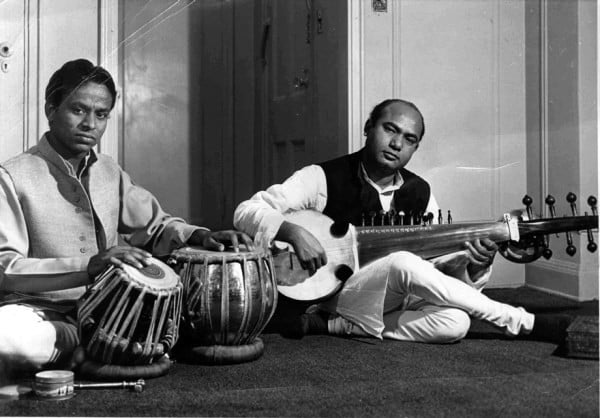
The Western world officially honors Pandit Chatur Lal's music dissemination work through the release of an official commemorative stamp. The Indian musician performed internationally as the first Indian percussionist with musicians like Yehudi Menuhin and Pandit Ravi Shankar, which resulted in the successful introduction of Indian music to Western audiences. This commemorative stamp pays tribute to his permanent impact on worldwide music and his role in forming India's diplomatic representation of culture.
Context:
-
A Government of India commemorative stamp designates the great tabla master Pandit Chatur Lal for introducing tabla music to Western nations during the 1950s.
-
Through his work with renowned artists Pandit Ravi Shankar and Ustad Ali Akbar Khan, Chatur Lal became vital for making Indian classical percussion known around the world.
-
The stamp forms part of his existing centenary event to mark his achievements as a musician.
Key Points:
-
Commemorative stamp: India Post will mark Pandit Chatur Lal's passionate contribution to spreading the tabla in the Western world by issuing a commemorative stamp during his 100th anniversary.
-
Pioneering Tabla in West: During the 1950s and early 1960s Chatur Lal served as the initial musician to present the tabla to Western audiences in his performances next to master musicians such as Pandit Ravi Shankar.
-
Collab with violinist Yehudi Menuhin: Through his musical partnerships with violinist Yehudi Menuhin, Indian classical music gained entry into artistic spaces like the Museum of Modern Art (MoMA) and the Rockefeller Centre.
-
Fusion with jazz: Through his concert with jazz drummer Papa Jo Jones, Chatur Lal initiated one of the first Indo-jazz fusions, which paved the way for additional collaborations between Western and Indian musicians.
-
Heritage: The distinct approach of Chatur Lal established him as a prominent Indian musical figure who became the first native percussionist ever nominated for an Oscar in 1957.
-
Final years: Chatur Lal completed his promising musical career by passing away in 1965 at age 40. Through his son Charanjeet Chatur Lal modern Indian music continues to be influenced by the heritage passed down from his father.
Conclusion:
The centenary events of Pandit Chatur Lal, together with his commemorative stamp celebration, show how essential he was to making Indian classical music popular worldwide, especially through the tabla. His historical musical collaborations continue to affect modern music because he performed with Western musicians while introducing fusion music. His legacy recognition through this distinction shows the central value of cultural exchanges for extending Indian classical arts globally.



 Meghalaya to Host Strawberry Festival on 2-3 May, 2025 to boost agriculture
Meghalaya to Host Strawberry Festival on 2-3 May, 2025 to boost agriculture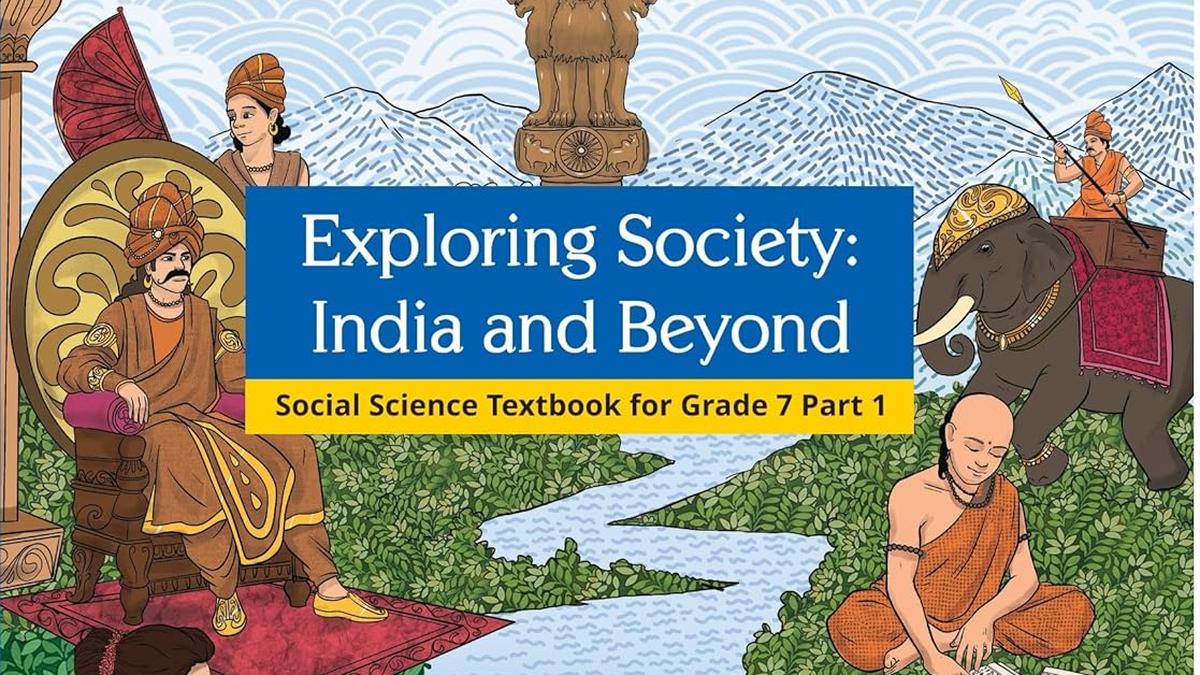 New NCERT Class 7 Social Science Textbook: Consolidated Format and Focus on Ancient India
New NCERT Class 7 Social Science Textbook: Consolidated Format and Focus on Ancient India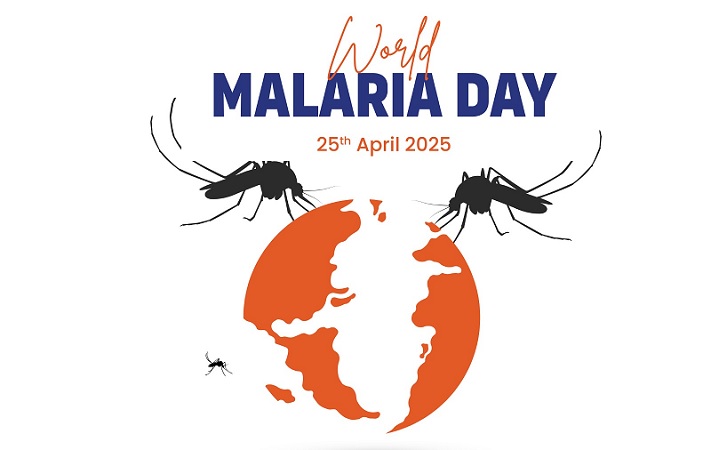 India Takes Major Strides Toward Malaria Elimination on World Malaria Day 2025
India Takes Major Strides Toward Malaria Elimination on World Malaria Day 2025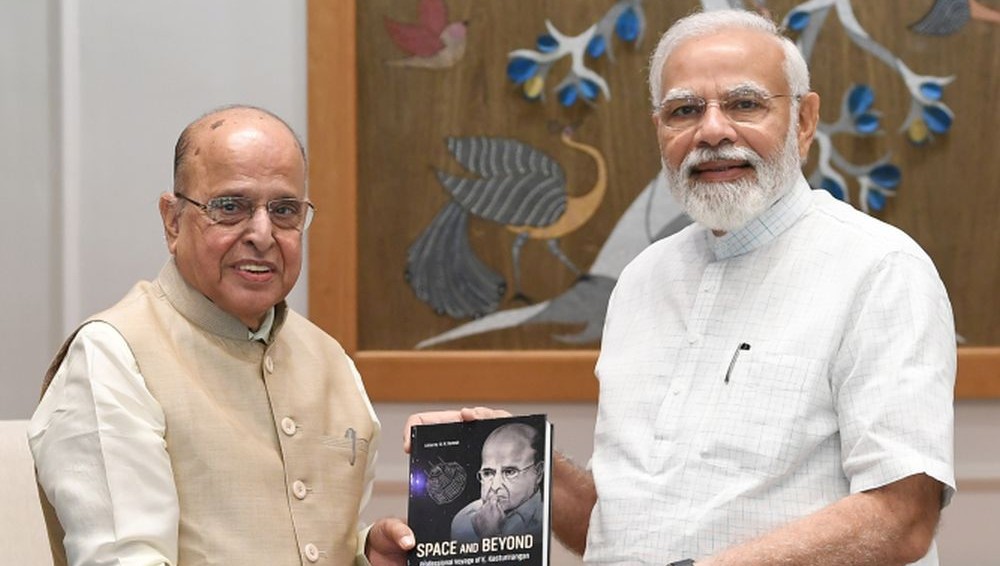 Former ISRO Chairman Dr. K. Kasturirangan Passes Away at 84
Former ISRO Chairman Dr. K. Kasturirangan Passes Away at 84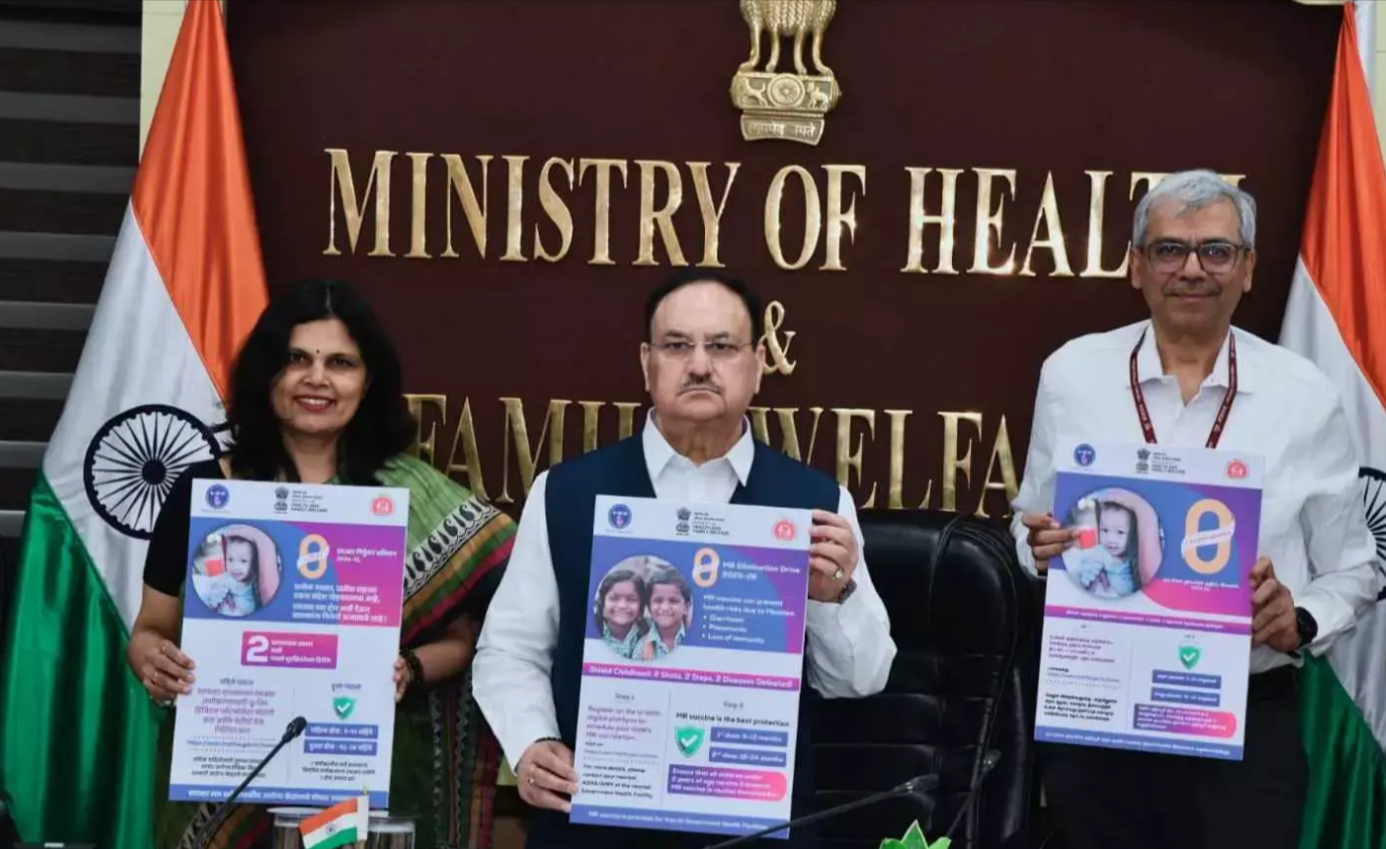 India Launches National ‘Zero Measles-Rubella Elimination Campaign 2025–26 with a Target to Eliminat
India Launches National ‘Zero Measles-Rubella Elimination Campaign 2025–26 with a Target to Eliminat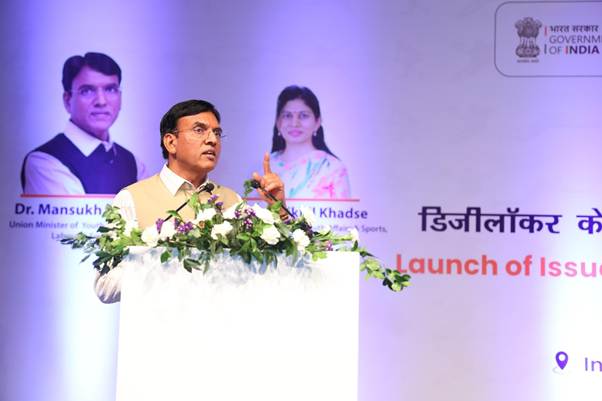 Union Minister Dr. Mansukh Mandaviya Launches Issuance of Sports Certificates via DigiLocker and Ina
Union Minister Dr. Mansukh Mandaviya Launches Issuance of Sports Certificates via DigiLocker and Ina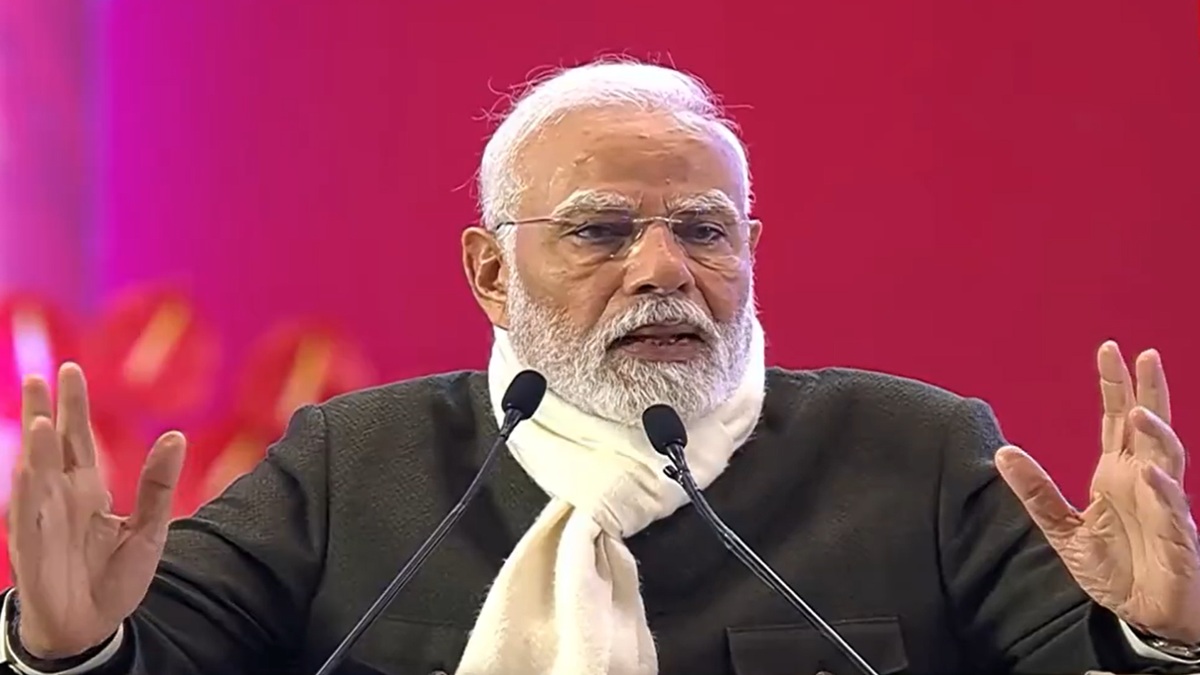 PM Modi Addresses India Steel 2025: Paving the Way for a Steel-Strong India
PM Modi Addresses India Steel 2025: Paving the Way for a Steel-Strong India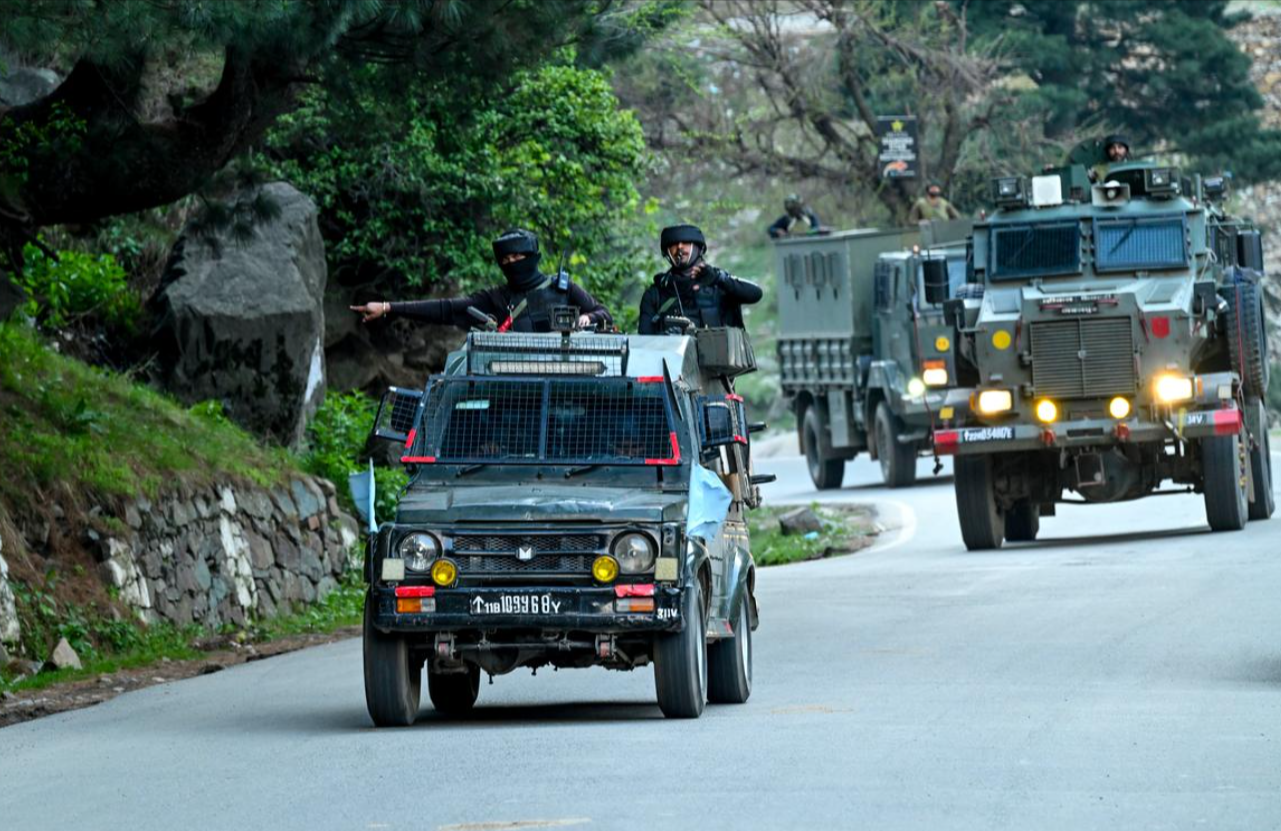 Pahalgam Terror Attack 2025: About Pahalgam and India’s 5-Point Action Plan Against Pakistan
Pahalgam Terror Attack 2025: About Pahalgam and India’s 5-Point Action Plan Against Pakistan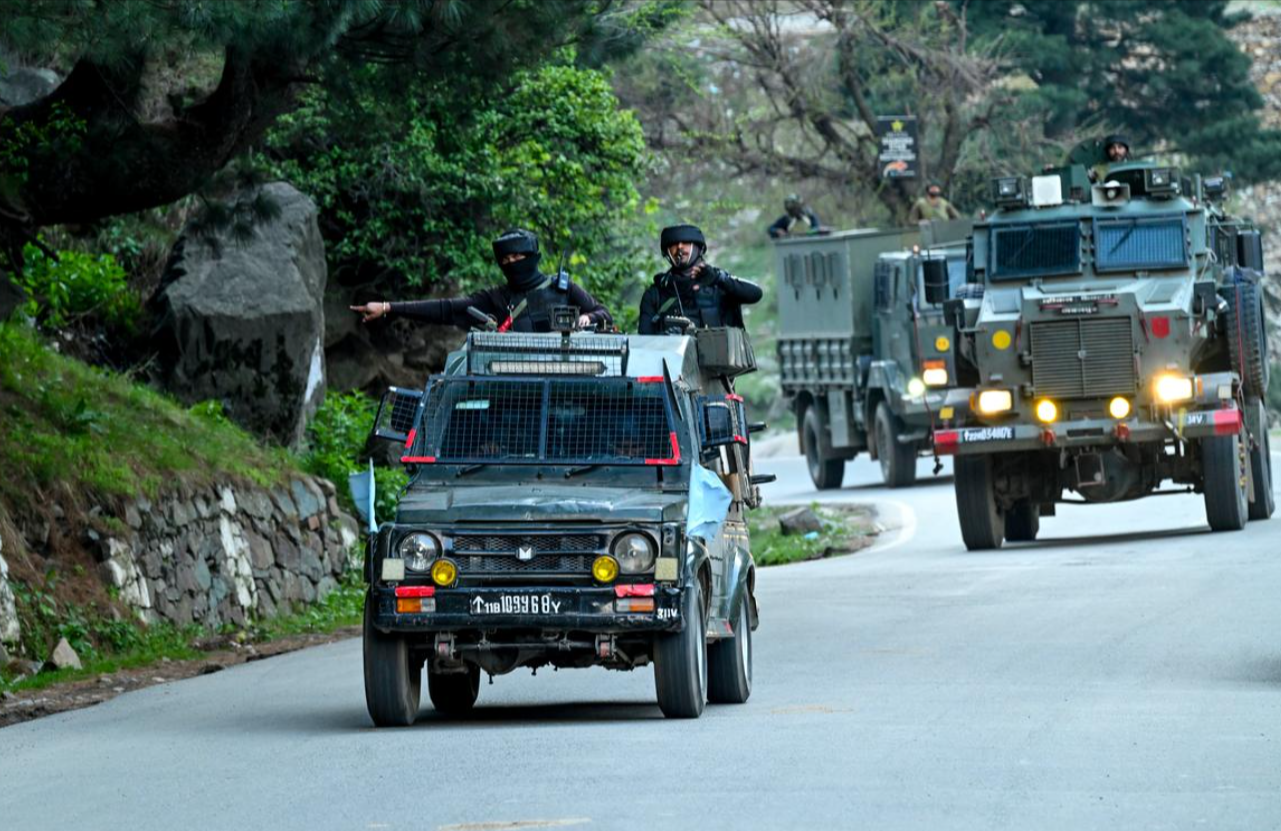 Pahalgam Terror Attack: What happened and way ahead
Pahalgam Terror Attack: What happened and way ahead






